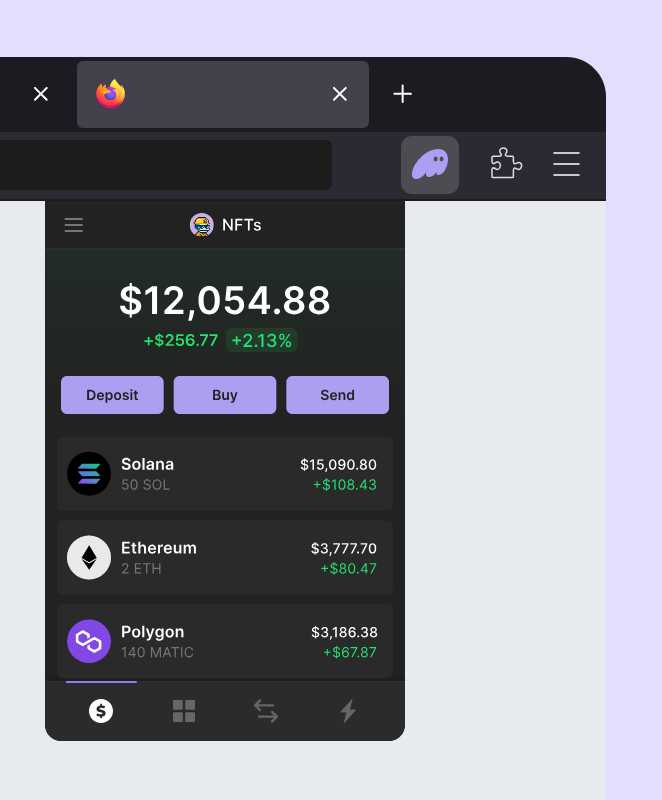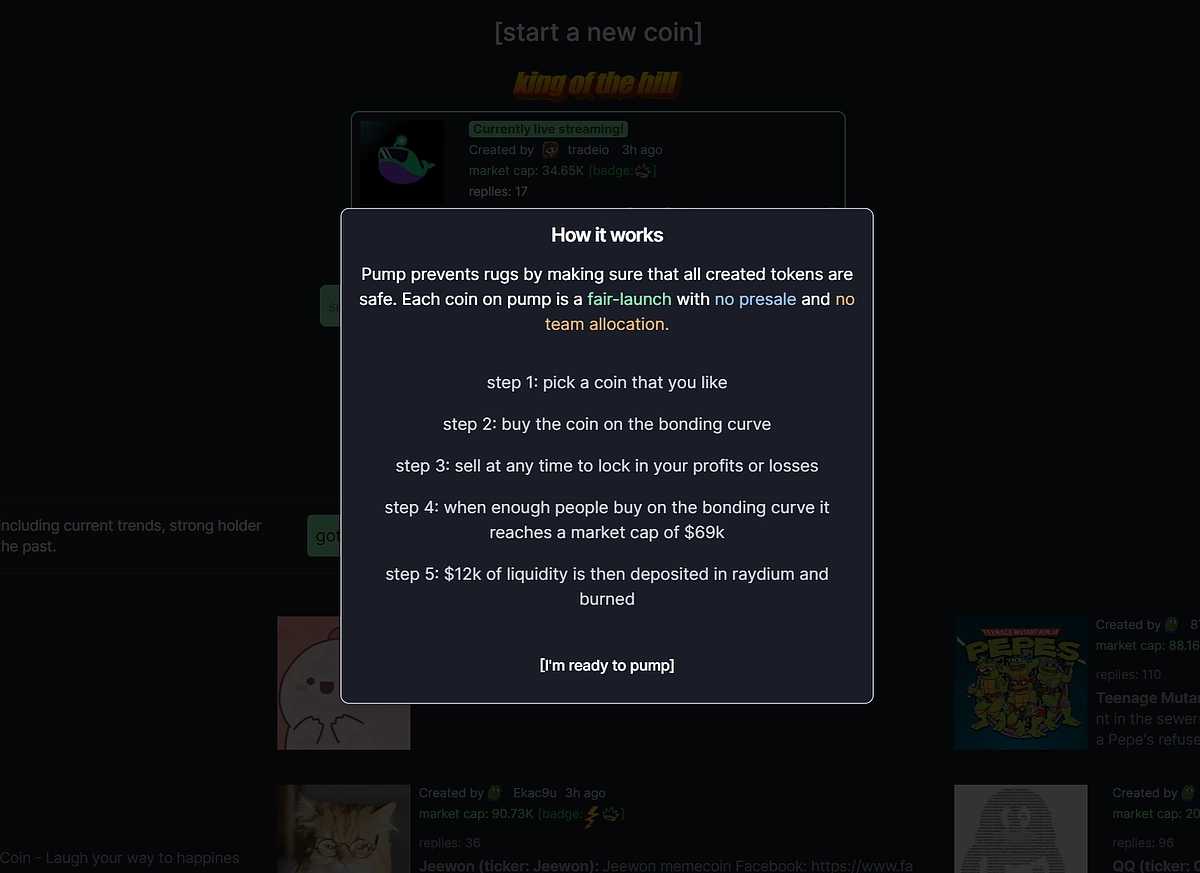1. GSR Becomes First Globally Regulated Crypto Liquidity Provider With UK FCA Approval
- Summary: GSR has achieved a major milestone by becoming the first cryptocurrency firm to receive approval from the UK’s Financial Conduct Authority (FCA) to operate as a principal dealer. This allows GSR to provide liquidity to institutional investors globally, signifying a landmark moment for crypto regulation and institutional adoption.
- Keywords: GSR, FCA Approval, Crypto Liquidity Provider, UK Regulation, Institutional Investment, Bitcoin, Cryptocurrency, Principal Dealer License, Crypto Regulation
- Source:GSR Website (While a direct news article might not be available yet, GSR’s official website is the best source for their announcements. You can also check their “News” section for updates.) Alternatively, you could use a general news source like: The Block
2. Canadian Opposition Leader Pierre Poilievre Promises to Make Canada a Global Leader in Cryptocurrencies
- Summary: Canadian opposition leader Pierre Poilievre has announced his intention to make Canada a world leader in cryptocurrencies if elected. His pro-crypto stance includes supporting blockchain technology, fostering innovation, and creating a favorable regulatory environment for digital assets.
- Keywords: Pierre Poilievre, Canada Cryptocurrency, Crypto Leader, Blockchain Innovation, Crypto Regulation, Bitcoin, Digital Assets, Canadian Politics, Crypto Adoption
- Source:Pierre Poilievre’s Official Website (His website would be the primary source for his policy positions. Check his “News” or “Issues” sections). As backup, you might find coverage on sites like: Cointelegraph
3. Reddit NFT Avatar Project Lead Departs, Raising Concerns About the Project’s Future
- Summary: The lead developer behind Reddit’s popular NFT avatar project has unexpectedly left the company. This departure has sparked concerns among community members about the project’s future development and support.
- Keywords: Reddit NFT, NFT Avatar, Project Lead Departure, Reddit Collectible Avatars, NFT Community, Digital Collectibles, Blockchain, Web3, NFT Project Uncertainty
- Source:Reddit’s r/CollectibleAvatars Subreddit (This is where news and discussions about Reddit’s NFT project primarily happen. News of the lead developer’s departure likely broke here first.) For broader news coverage, you could look at: Decrypt
4. Solana Proposes Upgrades to Address Network Scalability Issues
- Summary: The Solana Foundation has proposed significant upgrades to the Solana blockchain to address ongoing network scalability challenges. These upgrades aim to improve transaction speeds, reduce congestion, and enhance the overall efficiency of the network.
- Keywords: Solana, Scalability, Network Upgrades, Blockchain Congestion, Transaction Speed, Solana Foundation, SOL, DeFi, NFTs, Blockchain Technology
- Source:Solana’s Official Blog (Solana’s blog is the best place for news on technical updates and proposals). You can also get information about Solana on CoinDesk.
5. HashKey Europe Secures Irish VASP License, Expands European Market Operations
- Summary: HashKey Europe, a digital asset company, has secured a Virtual Asset Service Provider (VASP) license in Ireland. This license allows HashKey to expand its operations within the European market, offering a range of compliant crypto services to European clients.
- Keywords: HashKey Europe, VASP License, Ireland, European Market, Crypto Services, Digital Assets, Crypto Regulation, Crypto Exchange, Compliance, EU Crypto Market
- Source:HashKey Group’s Website (Similar to GSR, HashKey’s website would be the best place for their official announcements).
6. US Entities Hold 65% More Bitcoin Than Offshore Players
- Summary: A recent report reveals that US-based entities now hold significantly more Bitcoin than their offshore counterparts. This data suggests a growing institutional interest in Bitcoin within the United States and a potential shift in the global distribution of Bitcoin holdings.
- Keywords: US Bitcoin Holdings, Bitcoin Ownership, Institutional Bitcoin, Bitcoin Investment, Offshore Bitcoin, Crypto Whales, Bitcoin Distribution, Cryptocurrency Market, BTC
- Source: This type of information often comes from on-chain analysis firms. Check recent reports from: Glassnode, IntoTheBlock
7. Microsoft to Expand AI and Cloud Business in India
- Summary: Microsoft has announced plans to significantly expand its AI and cloud computing businesses in India. This expansion will likely involve substantial investments in infrastructure and talent, further solidifying India’s position as a global tech hub. While not directly crypto-related, Microsoft has shown interest in the space. This expansion may create a more robust tech infrastructure that could potentially benefit blockchain and crypto adoption in India.
- Keywords: Microsoft, India, AI Expansion, Cloud Computing, Azure, Tech Investment, Digital India, Technology, AI, Cloud Infrastructure
- Source:Microsoft News Center (Microsoft’s official news center for India would have this announcement).
8. Oklahoma Senator Introduces Bitcoin Freedom Act for BTC Payments
- Summary: An Oklahoma state senator has introduced the “Bitcoin Freedom Act,” which aims to allow state agencies to accept Bitcoin as a form of payment. This legislation seeks to promote Bitcoin adoption and integrate cryptocurrencies into the state’s financial system.
- Keywords: Oklahoma, Bitcoin Freedom Act, Bitcoin Payments, BTC, Cryptocurrency Legislation, State Agencies, Bitcoin Adoption, Crypto Regulation, US Crypto Policy
- Source:Oklahoma State Senate Website (You would likely find information about the bill on the Oklahoma Senate website, particularly in the section for the senator who introduced it).
9. Ronin Network Integrates Transak for Fiat-to-Crypto and NFT Payments
- Summary: Ronin Network, a blockchain popular for its use in play-to-earn games like Axie Infinity, has integrated Transak. This integration allows users to easily buy cryptocurrencies and NFTs using fiat currency, simplifying the onboarding process for new users.
- Keywords: Ronin Network, Transak, Fiat-to-Crypto, NFT Payments, Axie Infinity, Play-to-Earn, Blockchain Gaming, Crypto On-Ramp, User Experience, Crypto Adoption
- Source:Ronin Network’s Blog (Check the Ronin Network blog for announcements related to integrations). Also, look at The Block.
10. Hong Kong Launches Initiative to Help Banks Adopt ‘Distributed Ledger Technology’
- Summary: The Hong Kong Monetary Authority (HKMA) has launched a new initiative to encourage banks to adopt distributed ledger technology (DLT), also known as blockchain. This program aims to modernize the banking sector and explore the potential benefits of blockchain for various financial applications.
- Keywords: Hong Kong, Distributed Ledger Technology, DLT, Blockchain, HKMA, Banking, Fintech, Financial Innovation, Blockchain Adoption, Crypto Hub
- Source:Hong Kong Monetary Authority (HKMA) Website (The HKMA website is the definitive source for announcements regarding banking and financial initiatives in Hong Kong).

